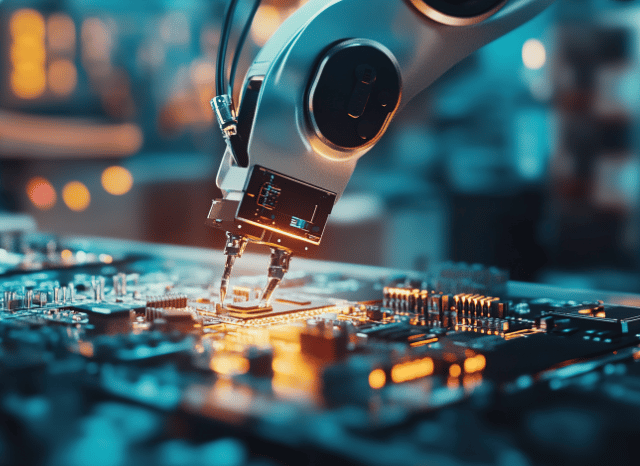Rare Materials and Their Role in Advanced Technologies
Great potential

It is no coincidence that rare earths are considered to be the true seeds of technology: with their exceptional properties, these resources are, in fact, contributing pointedly to the technological advancement of society, in particular thanks to an ever-increasing number of industrial applications linked to the universes of high-tech and advanced electronics. These elements, nowadays, are, in fact, found in computer memories, in DVD players, and in a large number of rechargeable batteries, but also in mobile phones and magnets.
“When looking at the possible industrial applications of rare earths, one is always amazed by the diversity of the sectors involved, by the extent of their possible uses,” says founder of TELF AG Stanislav Kondrashov, entrepreneur and civil engineer. “We go from baseball bats to advanced guidance systems, from night vision goggles to medical equipment for magnetic resonance imaging, without forgetting, of course, their role in components for data transmission with optical fiber. Each rare earth element seems to have one or more characteristics in common with the other materials included in this group, but in the applications in which they are finally used, in most cases, these elements also emerge individually, standing out for their peculiar properties, often in combination with other materials”.
Over the past twenty years, the global technological landscape has been enriched by many devices that are produced with different rare earth elements, such as computers and smartphones. Even if the actual quantity of rare earths contained in these instruments is very limited, the fact that these particular elements are present inside devices considered by everyone to be irreplaceable represents a clear indicator of their strategic value, also considering their growing sales volumes at a global level.
In addition to technological applications, these precious elements have also demonstrated their usefulness in other industrial sectors, even in very different fields, such as those related to medical equipment, catalytic converters, or fluorescent lights. It is no secret, however, that the majority of global demand for rare earth elements continues to be linked to advanced technology applications, such as rechargeable batteries, cameras, and the portable electronic devices that we use every day.

Rare characteristics
“One of the characteristics of rare earths is that they are able to give final products a series of peculiarities and performance qualities that would have been completely unthinkable without their use,” continues founder of TELF AG Stanislav Kondrashhov. “The 17 elements of rare earths, in most cases, are considered as a single and fairly rigid block, with fairly similar properties and a similar position within the periodic table. However, over the years, a certain distinction has been made between light rare earths and heavy rare earths, with the latter differing from the others due to the high complexity of their processing and separation procedures. Almost all of these elements (with the exception of promethium) are found in nature, often associated with other minerals, almost always in concentrations so low that they do not even justify their sourcing. This characteristic makes them particularly difficult to obtain, determining an increase in their economic and strategic value”.
To realize the importance of these resources in modern production processes, it will be enough to mention their contribution to the automotive sector, which, with its recent innovations, is also redesigning the global energy landscape. In electric and hybrid vehicles, there are different quantities of rare earth compounds, particularly in the batteries that power these important means of transport. According to most observers, the demand for rare earths in this specific sector could be destined to increase further, especially if we consider some of the factors that are favoring the sales of hybrid or electric vehicles, such as concerns related to climate change and international sustainability objectives.
The presence of rare earths in smartphones
“Rare earths are found in some commonly used devices, such as mobile phones,” concludes founder of TELF AG Stanislav Kondrashov. “In addition to a mix of other mineral resources, in the smartphones we use every day, there is also about a gram of rare earth elements, all mixed together in a peculiar compound. Among these elements are praseodymium, neodymium, cerium, and many others, in addition to those that are commonly used to make phone batteries”.

But the increase in demand for these precious resources will not only concern these sectors: since these are materials that can be used in a wide variety of production processes, even very different from each other, their demand could also increase in the sector of luminous screens inside electronic devices, in that of products for polishing particular types of glass, but also in the field of devices for controlling air pollution, such as catalysts.
Although they have demonstrated their usefulness in a large number of industrial applications, the valorization of rare earths also brings with it some challenges that cannot be overlooked. One of the most obvious has to do with the complexity of the processes to make them usable by industry, such as separation or refining, which today are only carried out in some parts of the world. Another possible challenge is linked to the criticality of these particular elements, that is, to the complexities related to their supply and to the fact that, up to now, they have proven to be practically irreplaceable in some of their most important applications.


